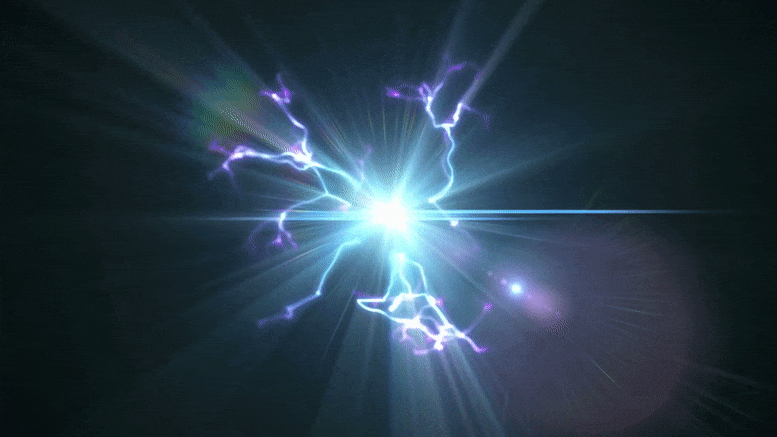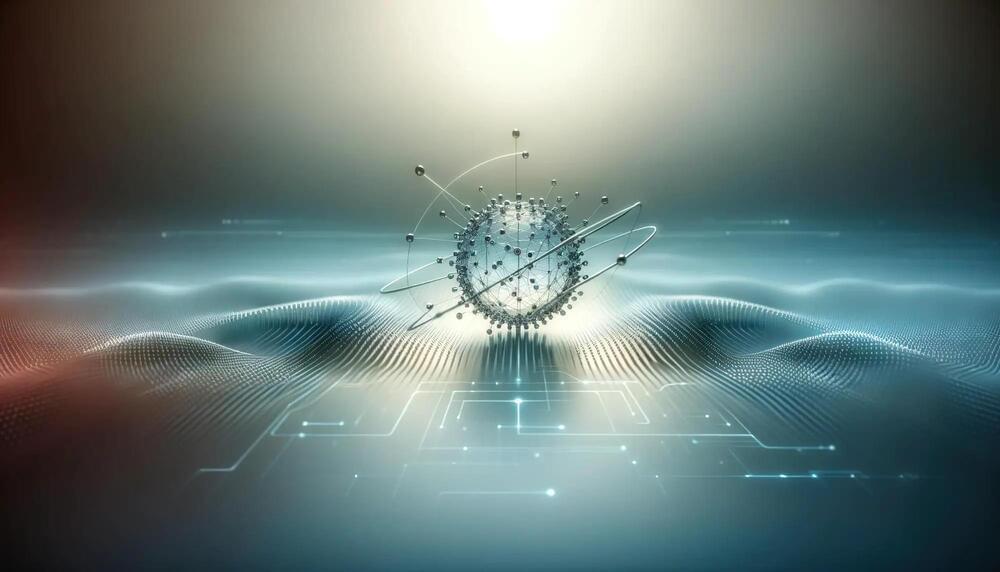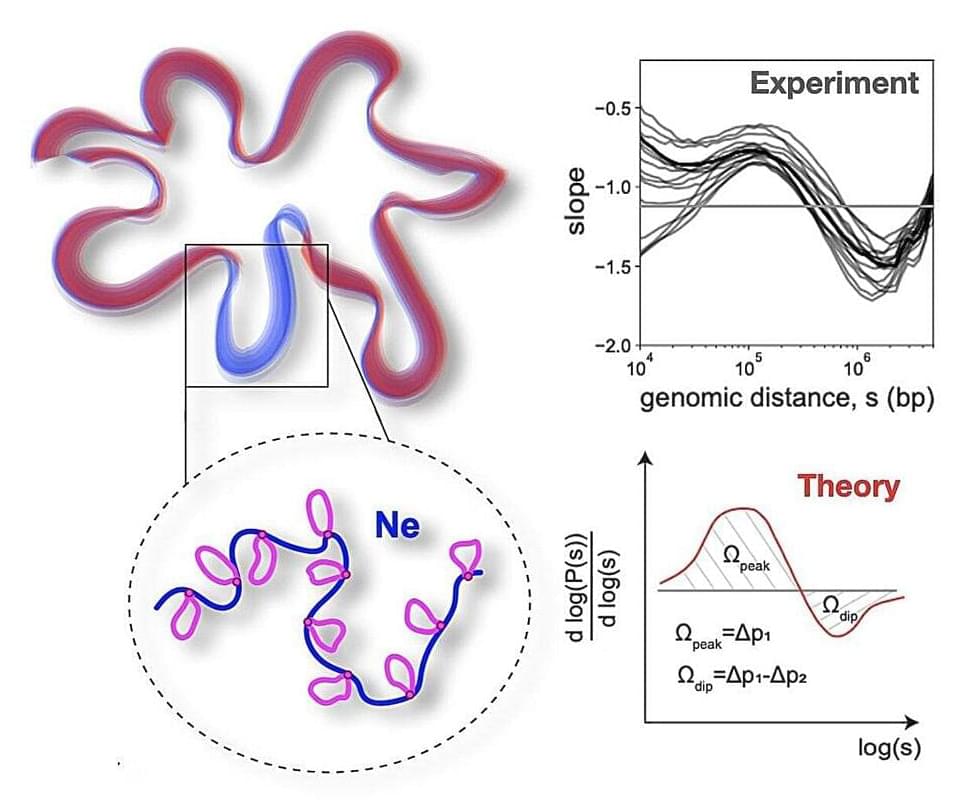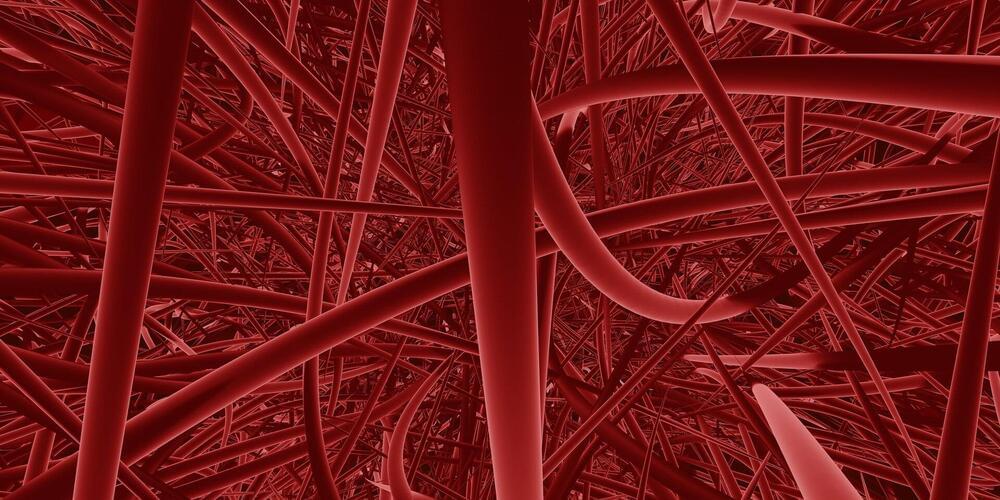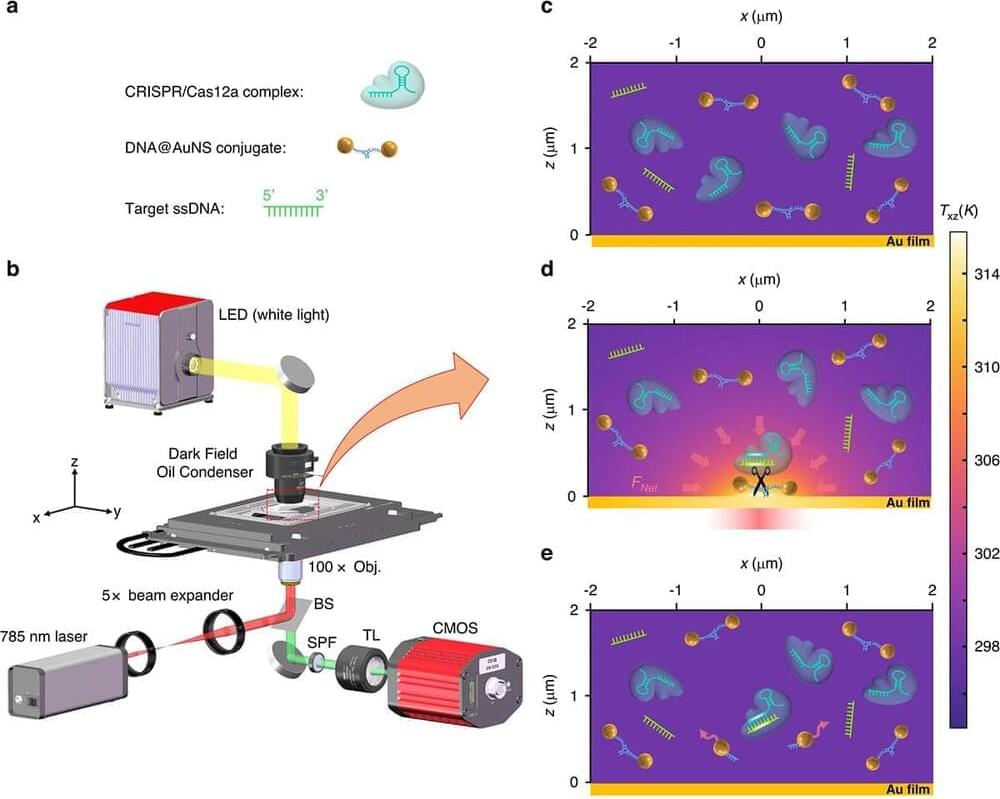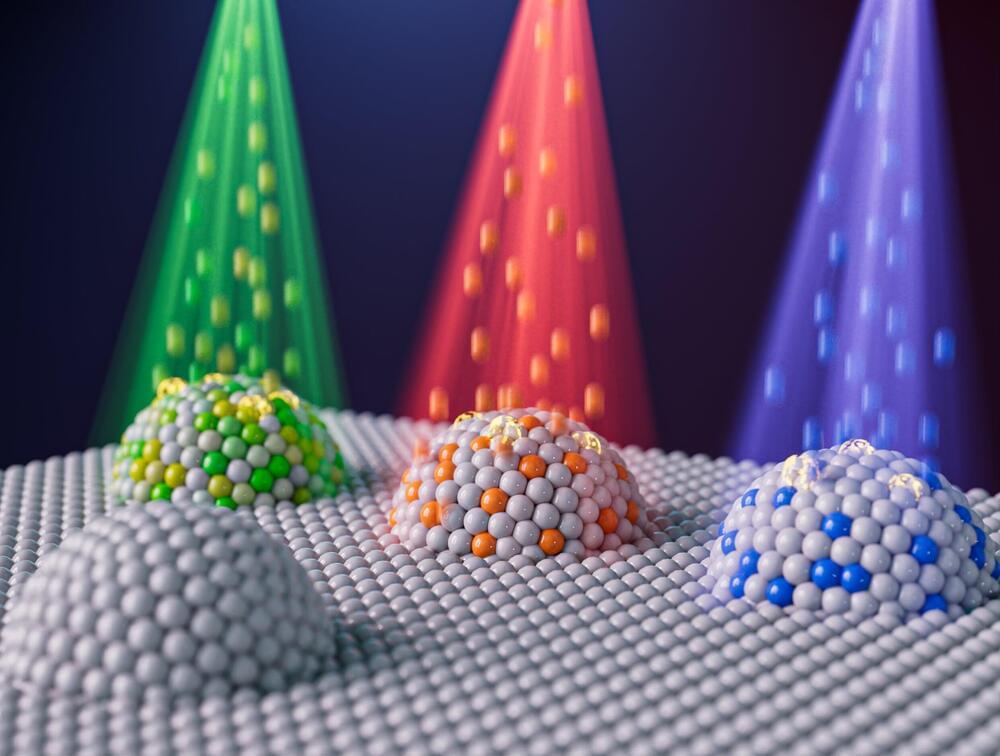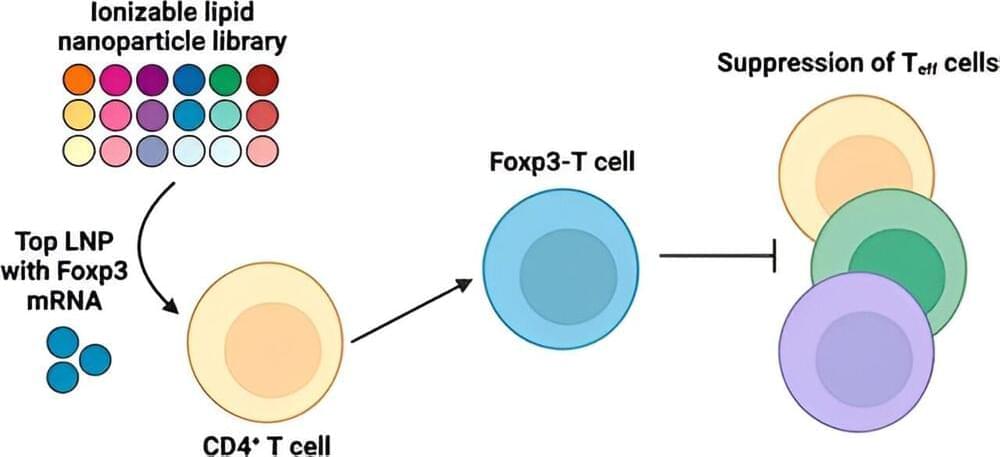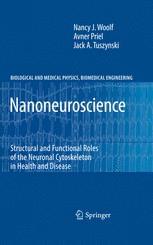Nov 24, 2023
Harnessing the Sea’s Hidden Energy: New Nano-Device Turns Seawater Into Electricity
Posted by Saúl Morales Rodriguéz in categories: energy, nanotechnology
The world’s coastlines harbor a largely untapped energy source: the salinity difference between seawater and freshwater. A new nanodevice can harness this difference to generate power.
A team of researchers at the University of Illinois Urbana-Champaign has reported a design for a nanofluidic device capable of converting ionic flow into usable electric power in the journal Nano Energy. The team believes that their device could be used to extract power from the natural ionic flows at seawater-freshwater boundaries.
